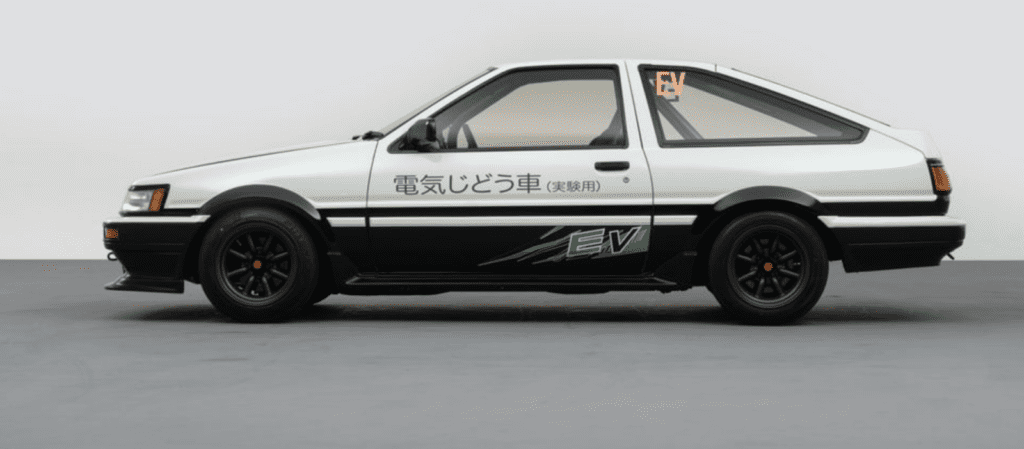Engine conversion may be the best way to keep a classic car running. Older engines produce more emissions than modern powertrains, so zero-emission upgrades are the ideal solution to keep older vehicles running while lowering carbon footprints. To showcase the possibilities of these upgrades, Toyota revamped two Corollas from the 1980s.
This Toyota redux utilizes a hydrogen fuel-cell powertrain in one car and an electric battery motor in the other. The company unveiled them at the 2023 Toyko Auto Salon to show how far zero-emission technology has come. In his speech at the event, Akio Toyoda, Toyota former CEO, expressed his beliefs that producing electric vehicles (EVs) is not the all-encompassing solution to transportation-related emissions.
“The reality is we cannot achieve zero carbon emissions in 2050 by simply switching all car sales to EVs,” he said.
If you think Toyota’s words sound foreboding, think of it this way: fossil-fuel vehicles aren’t just going to disappear. There is also a financial aspect to consider with new car sales. If someone can’t afford an EV, it’s essential to have alternative options. Conversion kits are cheaper, depending on labor costs, but the seasoned gearhead likely knows how to fix a classic sports car.
Converting engines in classic cars to zero-emissions versions offers another weapon to combat emissions. The updated Corollas demonstrate this perfectly. The AE86 H2 concept burns hydrogen instead of gasoline fuel, and the AE86 BEV Concept has an electric engine.
Toyota used similar technology implemented in the Mirai, one of the latest hydrogen-powered vehicles manufactured. As for the electric car, the conversion kits were in Toyota’s back pocket. The battery is sourced from Prius Prime productions; the electric motor comes from a hybrid Toyota Tundra truck.

Photo Courtesy Toyota
Toyota has also experimented with hydrogen fuel-cell technology in its racing cars. In 2021, a supercharged Corolla Sport was loaded with hydrogen gas for a 24-hour race at Japan’s Fuji Speedway. It had never been done in organized racing before. Though there is a lot of potential for hydrogen-powered race cars, hybrids and EVs will likely run the show for years to come in the race to fight emissions.
It’s interesting how Toyota chose the 1980s Corolla hatchback as the test car for these conversions. The AE86 has a popular history in Japan; however, the North American GT-S models had a smaller following than their Japanese counterparts. They had a reported 128-horsepower engine, which is even lower with the zero-emission powertrains at around 50 horsepower.
Normally, engine conversion would add weight to the existing car, making it slower. The good news is that doesn’t seem to be a problem with these restorations. The EV is still below 2,200 pounds, so it’s relatively lightweight. So while the redux may not be as quick, they can still be enjoyable cruising vehicles. The nostalgia combined with modernity direct supports how it might be regarded.

Photo Courtesy Toyota
One reason these vehicles were in high demand in their prime is thanks to a thrilling racing manga. “Initial D” was a 90s manga that encapsulated the world of street racing in Japan, with the main character sporting a used AE86. Aspects of the plot are loosely based on author Shuichi Shigeno’s first car. He still owns a classic AE86 to this day. His artwork and storytelling helped put it at the pinnacle of reliability and fun.
Toyota has created an example of how classics can be successfully converted into zero-emissions vehicles. While they aren’t likely to be mass-produced, conversion kits are becoming more widely available. “I hope to dismiss the fear that we won’t be able to drive our beloved cars when we go carbon neutral,” Toyoda said. “On the contrary, there is a carbon-neutral path that car lovers can take.





